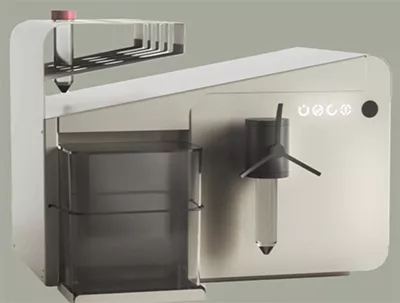
The aim of the project was to develop a family of instruments for the autonomous measurement of algal life cycle data and environmental parameters for the automation of phototrophic industrial microalgae cultivation, and the processing of the measurements integrated with the algae reactor, with timing according to the production process schedule. The immediate objective of this project was to develop a prototype at TRL 6 level, demonstrated in a relevant industrial environment.
The innovation lies in the use case-specific combination and optimisation of technologies and disciplines used to develop the tools, such as microfluidic solutions for sample preparation, holographic microscopy, multispectral and fluorescence sensing for measurement data acquisition, and machine learning-based algorithms for object classification and focal depth estimation.
The production of microalgae has great potential in a number of commercial applications (human food supplements, animal feed, fertilizer substitutes, biofuels, pharmaceutical and cosmetic raw materials, etc.), but its widespread adoption requires a reduction of production costs through the further development of related technologies.
Microalgae can be a crucial element of the circular economy: they help recycle waste nutrients, absorb carbon dioxide and produce oxygen. Urban wastewater contains a number of trace elements (nitrogen, phosphorus, etc.) that can be used as nutrients by algae.
The suite of instruments developed in this project will allow the automation of production processes in phototrophic algae reactors, making these systems scalable and thus cost-effective in a way that is largely independent of human resources, thus helping their widespread deployment.